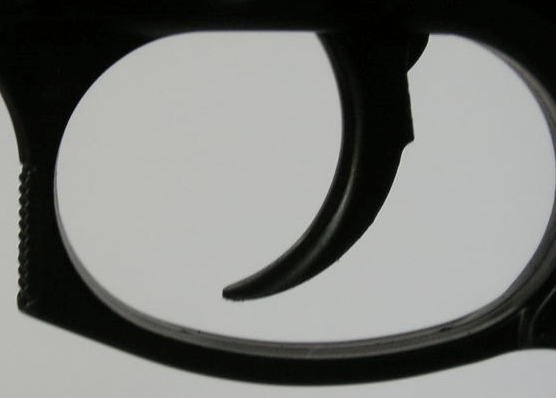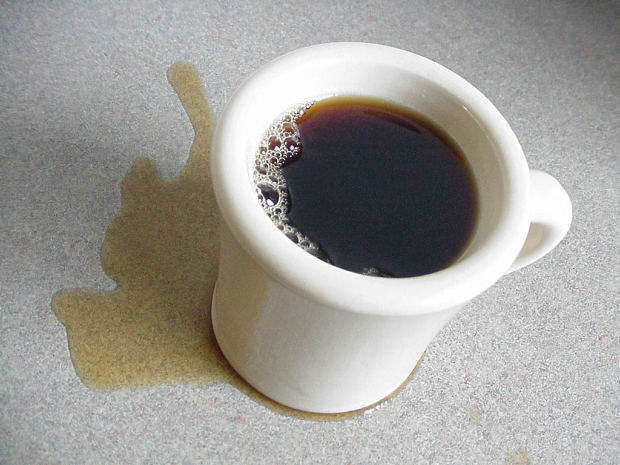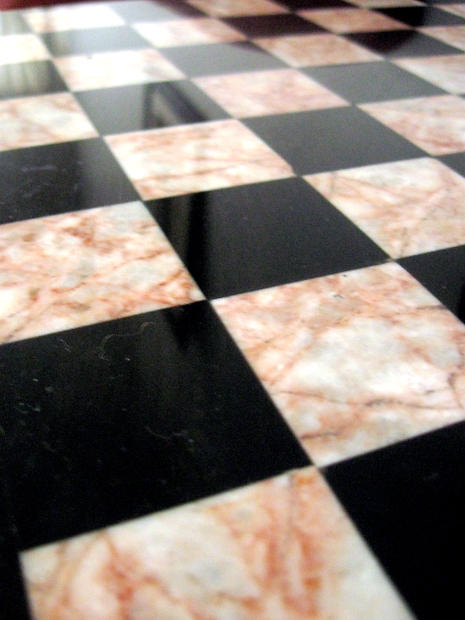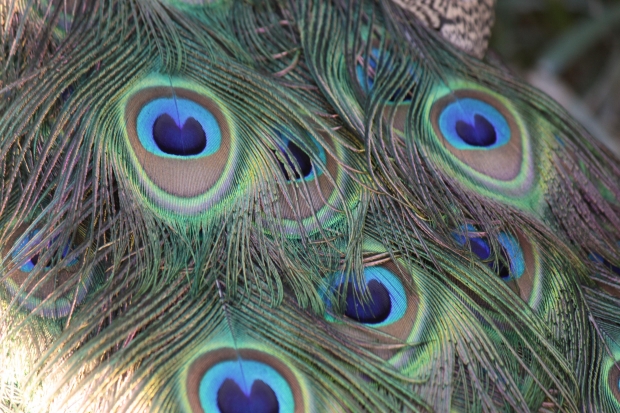#ferguson
This week I’ve been closely following the events unfolding in Ferguson, Missouri. Michael Brown, an 18-year-old black teenager, was shot to death by a police officer on Saturday. Several witnesses say that the police officer started the altercation and that Brown was backing (or, some say, running) away when the police officer shot him multiple times. (The incident is still under investigation.)

The fallout since has been as dramatic as anything I’ve seen unfold in our country in a very long time. Citizens held protests nightly and then, on Wednesday night, tensions mounted as police took to the streets with riot gear, rubber bullets and tear gas. The police yelled for journalists to turn their cameras off, and even arrested two reporters.
For a few hours that night, there was no live news coverage of the event because all the reporters had been chased away from the scene. But on the social media sites Twitter and Vine, it was a different story. People who were at the protest captured pictures and video clips and shared them with everyone who was following the hashtag #Ferguson.
I was glued to my Twitter feed. I watched the images of the protest in disbelief of the anger, the fear, the grief, the violence, and the denial of First Amendment Rights (namely, the right for peaceful assembly and the right to free speech.)
I stayed up way too late, and woke up tired yesterday morning. But I had to work a 12-hour shift in the urgent care where I’m on staff as a physician assistant. I arrived at the clinic, put on a large pot of coffee, and donned my white coat. A few hours into the morning, I was taking a sip of coffee from my mug when I accidentally spilled it and it splashed onto the lapel of my white coat.
I remembered a tip I learned when I was in EMT training -- that peroxide is an excellent stain remover for blood. I wondered if it would work for coffee, too. So I saturated a cotton ball with hydrogen peroxide and dabbed my lapel. Sure enough, the stain came out and my coat was white again.

I thought, “I should tell people this trick -- I’ll bet most people don’t know peroxide can work this kind of miracle. But I should warn them to only use it on white clothes. Because if you use it on color fabrics, it can remove the color.”
And then I started wondering, what’s the difference between color and stain? When do I use Shout, and when do I use bleach (or peroxide)?
Well, I use Shout when I want to preserve the color of my clothes. And I use bleach or peroxide to remove a splash of color (like lipstick or coffee or red wine) that got there by accident, a color that’s in the way, a color that doesn’t belong, a color that devalues the garment.
I realized in a flash that this is why it bothers me when people say the solution to racism is being “color blind.” You only have to ignore color if you think it’s not supposed to be there. You only have to pretend to see past color if you think the original is supposed to be white, and anything else devalues the fabric of society.
It’s problematic to be “color blind,” because it means ignoring every color except white.
You pretend to only see white.
You. only. see. white.
To become “color blind” is to live in denial that there are different races in our country. It’s to ignore the richness of culinary, musical, fashion, aesthetic, and cultural differences. It’s to assume that everyone is just like us.
When we apply this to other situations, it suddenly seems ridiculous. Take animals, for example. If you say you’re “color blind,” then dalmatians might as well be anemic greyhounds. Pandas might as well be black bears. Lady bugs would lose their charm. Peacocks would be as unglamorous as turkeys. If you remove an animal's color, you remove the very thing that makes it beautiful and unique.
If you apply it to other areas of our world, being color blind is not only boring; it's confusing. How could you play chess if the board wasn't checkered? How would you interpret a stop light? How Could you watch a black-and-white movie if it was suddenly monochromatic?

The same thing goes for our world. The solution to our country isn’t living in denial of color. It’s not pretending not to see the differences that exist. Because that's boring. (Not to mention exhausting and confusing.)
The solution to clashes everywhere, whether it’s in Gaza or Syria or Iraq or South Africa or Furgeson, Missouri, is this: it’s learning to value people who don’t look or act or think or believe or talk like me. Learning to believe that not only do these people have some value, but that they are just as valuable as I am. Not that they hold some worth, but that they have infinite worth -- not in spite of, but even because of, the ways in which they are different from me.
Racial and ethnic minorities are not a stain we have to pretend not to see. They do not devalue our society. They are wanted and needed. They add uniqueness and beauty to the world. And each one of us is not more valuable or interesting than another -- in the same way that no facet of a diamond is any more precious then another. They are all needed to make the diamond sparkle. We are all needed to make our planet beautiful.
Instead of denying our ability to see colors, we need to live into all of our senses. We need to listen and see and know and embrace everyone. Instead of being blind, we need to see in Technicolor, enjoying and appreciating the diversity our Creator (purposefully) painted into our world.
